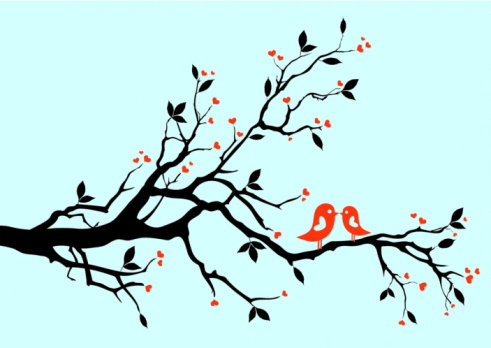Get the Mental Model right
Mental Models are essentially set of best practices in understanding users’ reason for doing things. Designing around it will create delight
While Aesthetics play a big role in the immediate impression might be very important as a “buying” feature, often it will fail as a “using” feature if not done in the mental model for a given customer context or usage scenario.
Good book on the topic is Indi Young’s Mental Models –Aligning Design Strategy with User Behavior
Here is a summary blog post for the topic – Getting Mental Models Right – CrazyEggblogpost
“Nobody is complaining” – that doesn’t mean there is no problem
User adaptability is surprisingly high when it comes to dealing with inefficiencies.
A high tech enterprise software product (especially ERP) takes 6 months and 1 M$ to learn and operationalize, TV remote has 84 buttons on it, the latest microwave oven can cook food in 101 styles (didn’t know there were 100 ways to cook idli!) etc. and yet after a while USERS ADAPT. They compromise & accept the product with its inherent inefficiencies until someone comes around and solves it (think Apple!)
A good Product Manager and User Experience Designer will uncover those inherent inefficiencies and create opportunities to simplify things, bringing the “aha” moment with less capabilities!
One of the roadmap prioritization techniques we advocate as part of our Customer Insights courses at the Institute is Kano Analysis which basically suggests that every product has basic attributes, performance features and delighting features. Most successful product releases will have atleast a few “delighters”
Integrate UX into the development process
User Experience (UX) is lot more than User Interface Design and User Interface Design is lot more than pretty fonts and cool colors!
If you plot the maturity of R&D teams across the UX continuum you will find 3 stages of maturity
- UX as Styling
Define the visual elements that determine look of the application
2. UX as Process
Design as a method integrated early into the development process
3. UX as Innovation
Redefine product concepts based on user insights
Here is a typical interlock/flow of how engineering & design teams work together during a development process of product!
Any thoughts?














